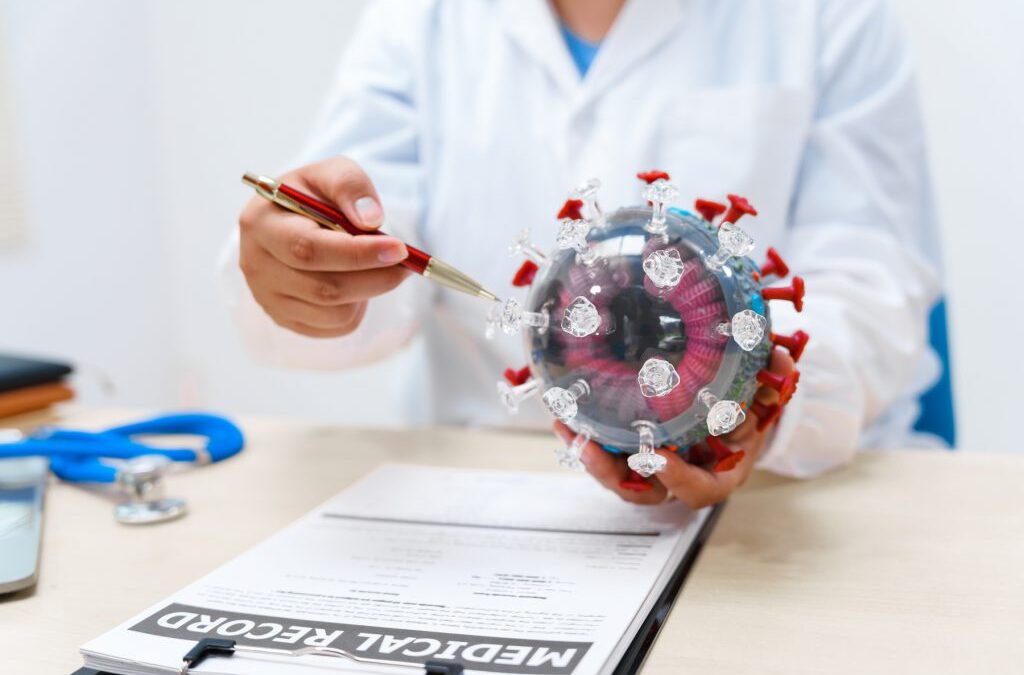by Oceanit | May 23, 2025 | Future, National News
New 2025 COVID Vaccine Rules: What They Mean for Americans In a significant shift in 2025, U.S. federal health agencies—including the FDA and CDC—have updated their guidance and authorization framework for COVID-19 vaccines. These changes reflect both the evolving...

by Oceanit | Apr 4, 2025 | General, History, International News
Leading Theories on the Origins of SARS-CoV-2 in 2025 As of 2025, the origin of SARS-CoV-2—the virus responsible for COVID-19—remains one of the most debated and complex topics in science and global health. While definitive answers are still elusive, two primary...

by Oceanit | Mar 24, 2025 | Education, Government
US COVID-19 Management Updates and Best Practices for April 2025 As of April 2025, the United States government continues to adapt its COVID-19 management strategies to address the evolving nature of the SARS-CoV-2 virus. Recent updates encompass vaccination...

by Oceanit | Mar 7, 2025 | Education, General, Government
Does the CDC Still Provide COVID-19 Quarantine Guidance in 2025? With COVID-19 transitioning into an endemic phase, public health policies continue to evolve. As of March 2025, there have been significant changes to federal guidance regarding quarantine, isolation,...

by Oceanit | Mar 5, 2025 | Future, General, Government
What’s Next for COVID-19 & Flu Preparedness? CDC Vaccine Plans As COVID-19 and seasonal influenza continue to pose public health challenges, experts are working on long-term preparedness strategies. One of the biggest questions for 2025 is whether the CDC will...




